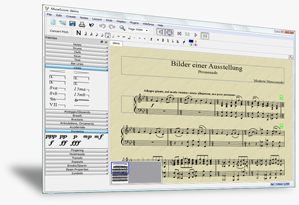
The parish church, designed by Toronto architect M. B. Aylesworth, was opened and dedicated by Bishop Hillmuth on August 7th, 1881. The church was completed at a cost of $12,000.00 and was considered one of the most beautiful in the province. Constructed of stone ashlar, it had a seating capacity of 500 and featured a tower entrance surmounted by a 142 foot spire. An innovative system of lighting was installed, powered by gasoline, the first of its kind in this part of the country.
St. George's Anglican Church was fashioned after the renowned St. Mary's of Bristol, England. Unlike the typical English great church, the tower is located on the side elevation, where the nave and transept walls meet, and also serves as the main entrance. Otherwise, the church is laid out in the typical cruciform style of Early Victorian Gothic Revival.
Sadly that majestic spire was recently discovered to be in desperate need of repair ... to the tune of $150,000 to save it from total collapse!
Join us this Friday, 7:30pm at St. George's Church for the Owen Sound City Band together with the St. George's Ensemble and the Hillcrest School Jazz & Concert Bands, a program in support of the St. George's Tower Restoration Project
show time: 7:30pm
location: 1049 4th Ave E Owen Sound
admission: by donation
information: stgeorgesos.com
and just to entice you a bit more, here's a bonus track clipped from last Monday's rehearsal, a little something of a blockbuster soundtrack thing we're working on that won't be on the playlist for Friday (just so we don't give anything away before the show :) Enjoy ...



